Top 9 Digital Transformation Trends To Follow In 2022
As technology evolves, so should businesses, and in the phase, we’re currently in, it’s not about choosing to transform but rather deciding how to transform. Having already held a significant place in the world of business, an increasing number of companies resorted to Digital Transformation over the course of the pandemic. This has resulted in widespread augmentation of its adoption, with the process is sped up by three to seven years in just a couple of months.
What is Digital Transformation?
Digital Transformation is a broad umbrella term used to refer to the widespread adoption and implementation of the latest technology, processes, and talent acquisition to vastly improve business outputs and operations while also focusing on improved customer satisfaction.
For businesses that previously used traditional methods of operations, this includes the adoption of varied digital streams, such as e-commerce streams and mobile applications, as well as revamped websites. Digital Transformation in any company is often led by the senior management and is meant to be adopted by all employees across departments and verticals.
What is Cloud Computing?
Put simply, Cloud Computing refers to the instant delivery of computing services that have on-demand requirements – such as applications, storage, and processing power. These services are often delivered over the internet and work on a pay-as-you-proceed basis.
The major advantage of Cloud Computing is that companies do not require to own data centers, or even computing infrastructure, to process the same. To utilize these services, they must simply rent access to these services and ensure they pay for only the services they use – as per their business requirements.
Top 9 Digital Transformation Trends to Follow In 2022
As per industry reckonings, companies worldwide will spend over $ 1.8 trillion on the adoption of Digital Transformation in 2022 alone. Elucidated below are the top 9 Digital Transformation trends to look out for in 2022:
IoT and 5G:5G, in reference to mobile technology, refers to 5th generation technology. This new and improved technology boasts multi-peak data speeds, enhanced user experience, improved connectivity, minimal latency, and vastly enhanced network bandwidth. Most industry experts opine that the combined usage of 5G and computing services can lead to a string of innovations. The usage of this technology can be applied to (a) connected automobiles, (b) shipping and logistics, and (c) remote access healthcare.
Zero-Trust Security: Zero Trust refers to a security model that ensures adherence to strict access controls, not trusting anyone already inside the perimeter of the network. Owing to the pandemic, companies worldwide have resorted to remote-first work culture, and this has greatly increased the threat of cyber-attacks. Thus, companies are now resorting to using a zero-trust security model integrated into their cloud-based services. The advantages of this Digital Transformation model include greater trust and transparency while enhancing secure B2B communication and augmenting brand goodwill.
Software 2.0:This Digital Transformation model refers to a specific form of technology that aids in creating a source code from the requirements document. Making use of Deep Learning, this technology helps create neural networks meant for automating code drafting. While still in its nascency, this software will need to be implemented by businesses in tandem with DataOps and MLOps. While DataOps is adhered to by data teams to improve the quality and efficiency of data, MLOps is adhered to by machine learning teams, aiding in machine learning and automation.
Data Fabric: Data Fabric refers to the technology used to make suggestions to enhance the output of data teams. Once the experts have tweaked the automatic course corrections accurately enough, it is then handed over to data fabrics – ensuring that they can attend to more pressing work while data fabrics will handle the rest.
Hyper Automation: The main aim of Hyper Automation is, as the name suggests, to automate IT and business operations and processes – by making use of Robotic Process Automation (RPA), no-code/low-code adoption, and AI/Machine learning. Using software robots, RPA takes care of repetitive tasks, thus increasing the speed and scalability of operations while greatly reducing expenditure. Low-Code platforms are an ideal tool for non-tech savvy workers to build software and aid in API integrations.
Total Experience: Total Experience, or TX, is a combination of User Experience (UX), Employee Experience (EX), and Customer Experience (CX). This holistic combination of all three factors greatly aids in augmenting one’s brand impression, enhancing customer experience, and boosting employee productivity.
Everything as a Service (XaaS): XaaS is the latest trend in the space of Digital Transformation and focuses on the ‘delivery of anything’ component to customers. It includes a range of services such as Storage as a Service (STaaS), Containers as a Service (CaaS), Function as a Service (FaaS), Video as a Service (VaaS), Unified Communication as a Service (UCaaS), and Security as a Service (SECaaS). This form of technology focuses on delivering a combination of products and services rolled into one package.
Generative AI: This form of Digital Transformation refers to a specific branch of artificial intelligence, one that makes use of already existing content to create content that is original yet similar. To make use of Generative AI, there exist three specific techniques: (a) Generative Adversarial Network, (b) GPT3, Wu-Dao, and LaMDA Transformers, and (c) Variational Autoencoders.
AR Cloud: An Augmented Reality Cloud refers to a 3D digital version of the environment in existence using spatial features and characteristics. Already, major technology companies such as Apple, Facebook, Amazon, Visualix, Google, and Scape are investing heavily in this segment of Digital Transformation.
Conclusion
To keep up with your competitors and maximize your return on investment, it is vital that every company adopts the latest that Digital Transformation offers. The list of Digital Transformation trends keeps changing, and businesses must be apprised of such changes if they want to stay relevant in the digital world. With Focaloid as your partner, it rests assured that your business will stay relevant and will help scale your business.

